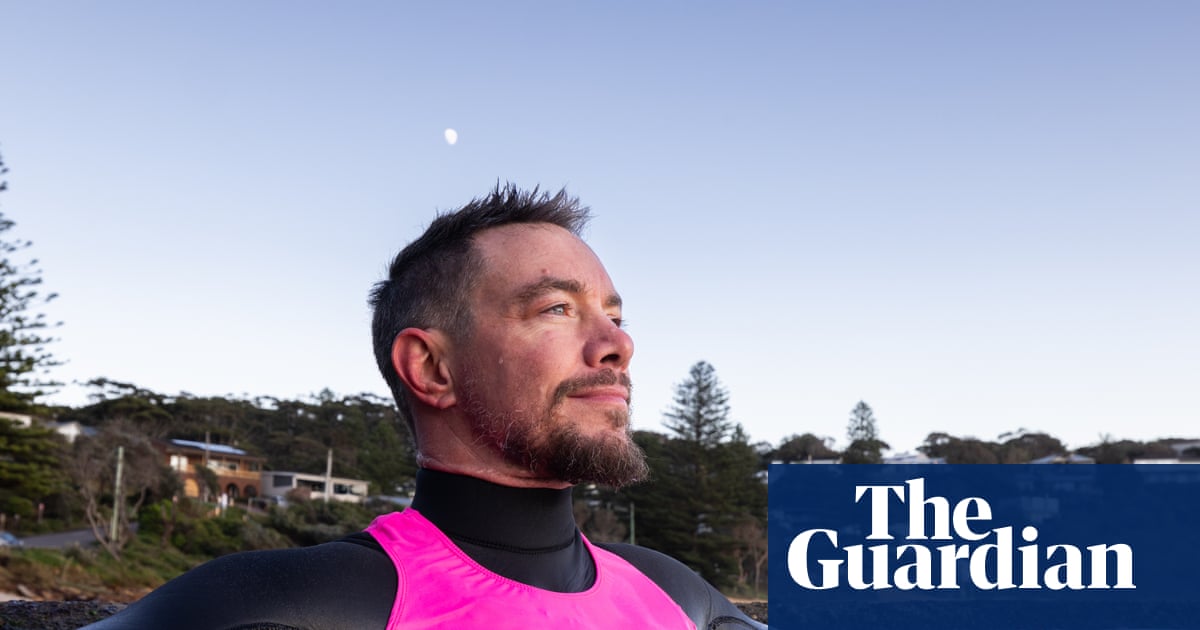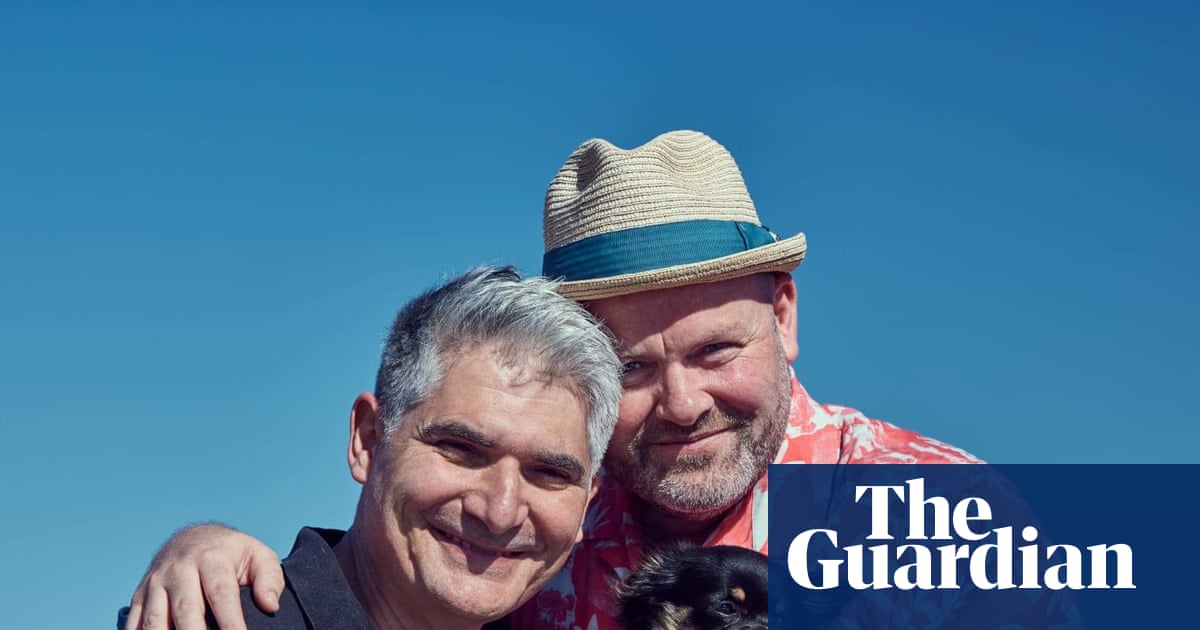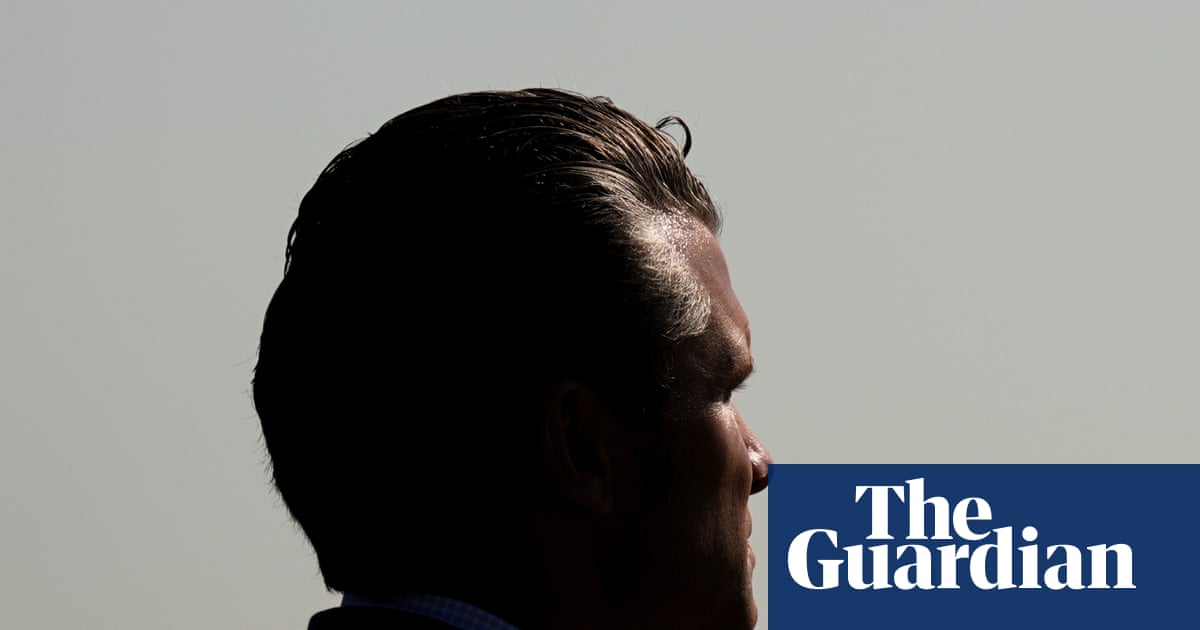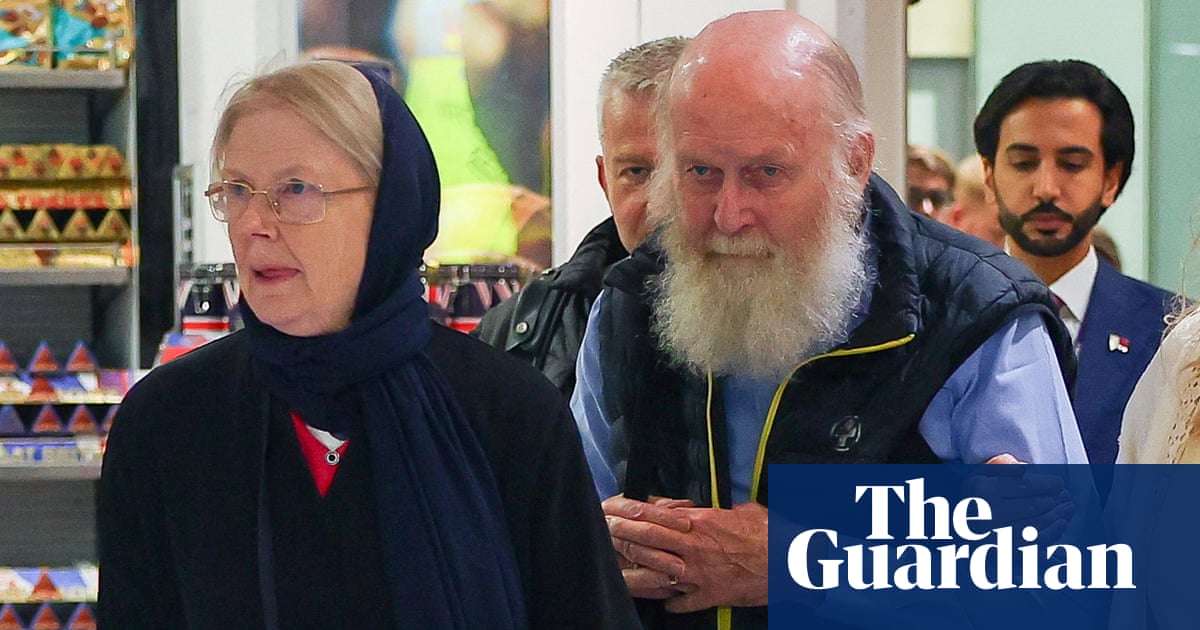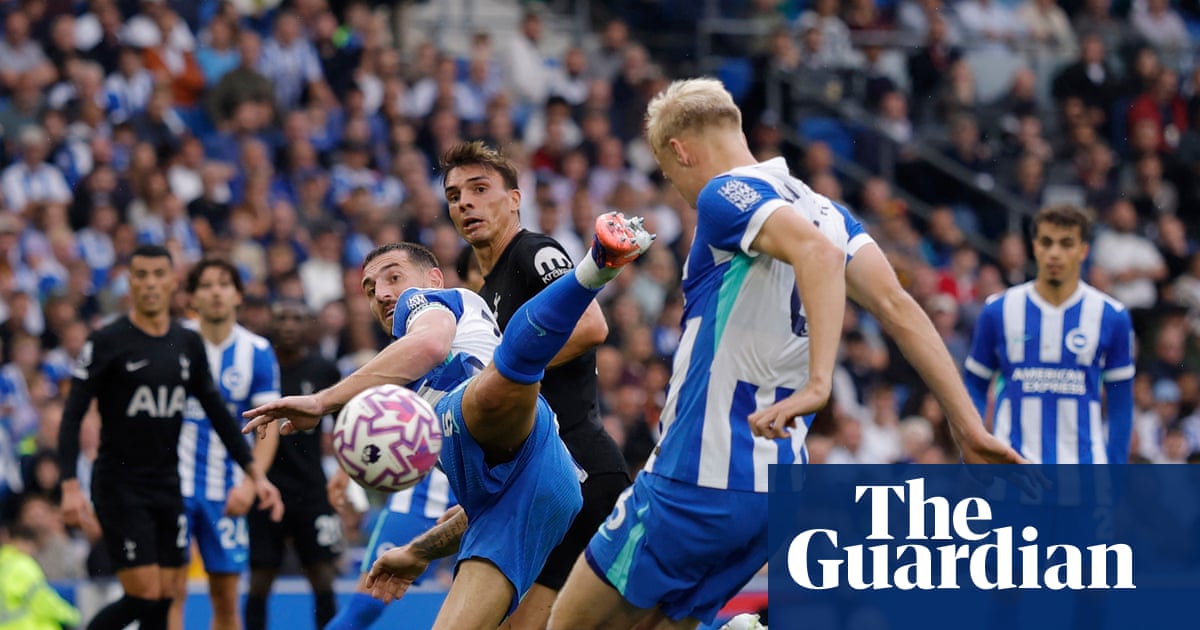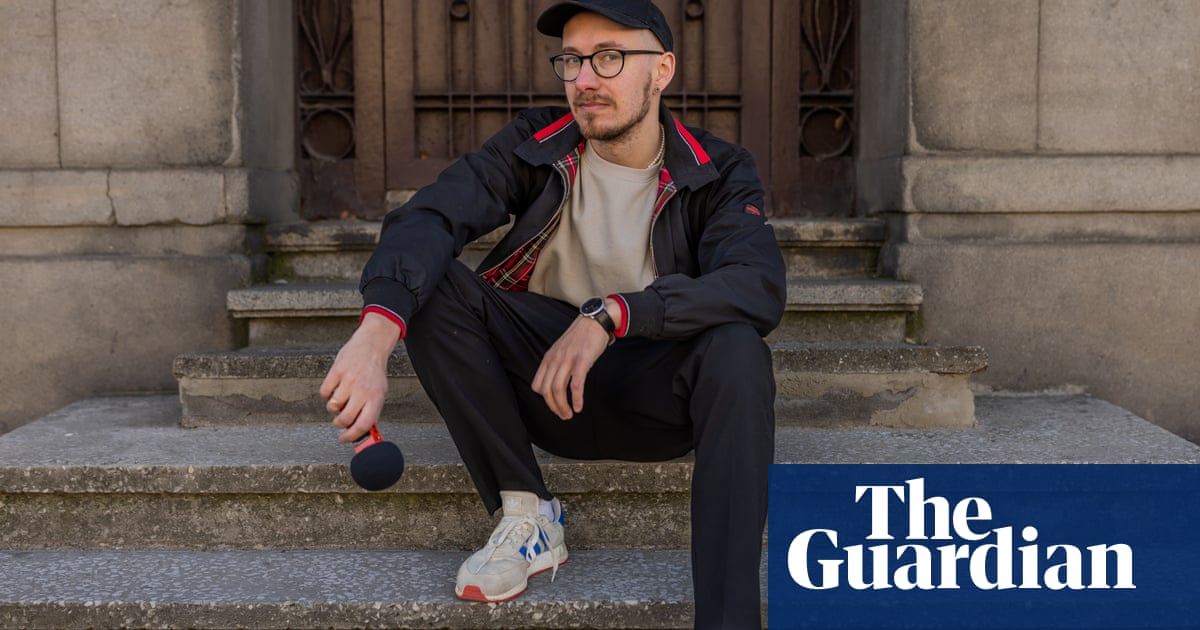As we sauntered along sun-splashed woodland paths, our knowledgable guide Michael started to explain the links between the local geology and flora. The unusually luminous light green leaves of the beech trees? “That’s due to the lack of magnesium in the chalky soil.” The 18 species of wild orchid that grow here? “That’s the high calcium content. You see? Everything is connected.”
That’s a phrase my companion and I kept hearing at Møns Klint on the Danish island of Møn. This four-mile (6km) stretch of chalk cliffs and hills topped by a 700-hectare (1,730-acre) forest was fashioned by huge glaciers during the last ice age, creating a unique landscape. In 2026, a Unesco committee will decide whether Møns Klint (“the cliffs of Møn”) should be awarded world heritage site status, safeguarding it for future generations.
Using Interrail passes, we took the train from London to Vordingborg (Møn’s nearest railway station) via the Eurostar, with overnight breaks in Cologne going out and Odense, Denmark’s third-largest city, coming back. There’s an efficient bus service both from Vordingborg station to Møn (over an impressive bridge) and on the island itself but, for maximum flexibility, we hired electric bikes in Stege. About 12 miles from Møns Klint, Stege has been Møn’s main town since early medieval times. Home to impressive ancient ramparts and a bijou museum, it’s a good place to stock up since most of the island’s shops are found on the winding high street.
One wind-and-battery-assisted pedal to Møns Klint later and Michael was taking us about 500 steps down to the beach, the scene of cliff collapses so immense that the spoil sometimes forms peninsulas sticking out a quarter of a mile into the sea. Besides being a cartographer’s nightmare, the slowly dissolving chalk also turns the water by the shore a milky white, giving it a distinctly Mediterranean flavour. Almost every stone we picked up was a 30m-year-old fossil of some sort – Michael identified squid, sea sponges, sea urchins and oysters.
Another day we spent meandering along Klintekongens Rige, the longest of Møns Klint’s nine waymarked footpaths. The nine-mile circular trail sent us up and down and up and down through the forest; into the 18th-century “romantic gardens” of Liselund, where the bass-heavy croaking of glistening frogs contrasted with soprano peacocks; and down to a long stretch of beach for a mini adventure clambering over fallen trees and mounds of tumbled rock while the Baltic Sea lapped almost up to the cliff face.
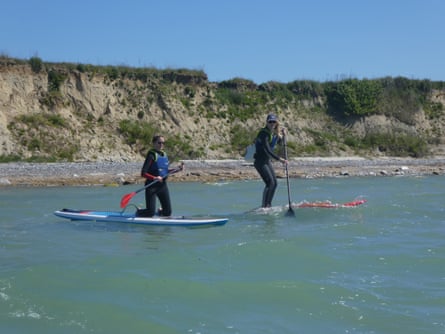
When the sun went down we met up with night-time guide Susanne, who walked us into the darkened forest and interpreted the cries of tawny owls and scampering noises in the undergrowth (the owls’ potential dinner). The islands of Møn and Nyord form Scandinavia’s first Dark Sky Park, so we were able to gaze up at a panoply of stars while Susanne made us one of the tastiest gin and tonics we’d ever drunk, with mint from her garden and a wild rose syrup from petals she’d foraged that day.
The next morning, we explored the area’s mountain bike trails with Uffe, a guide, like Michael, from the GeoCenter, the local interpretive museum (where an exhibition on biodiversity is appropriately called “Everything is connected”). Along the way, he pointed out splendid displays of lady orchids and a herd of goats whose grazing improves biodiversity. Then, having barely broken a sweat, we suddenly found ourselves out of the woods and atop Denmark’s eighth-highest peak. Aborrebjerg is a humble 143m high, but still provided us with panoramic views across Møn and the shimmering sea. Later, we took to the water on a paddleboarding tour from the village of Klintholm Havn with Kesia from Møn Surf, appreciating the grandeur of the mighty chalk cliffs from another angle.
At night, we slept in a modern and stylish apartment at the nearby Villa Huno – an eco-build with a living roof and a view over a peaceful lake. We strolled around it one evening, stumbling across a woodpecker guarding the remains of a medieval fort, before enjoying a tasty dinner in Koral, Villa Huno’s summer-only restaurant. After a couple of nights we switched to a well-appointed bell tent next door at Camp Møns Klint. Then, as a base for exploring the island of Møn further, we pedalled west to Ellevilde boutique hotel. New owners Kirstine and Kenneth recently moved down from Copenhagen, leaving their highly regarded Restaurant 56 Degrees. Kenneth’s small plates blew us away – imagine a Danish Ottolenghi – with many ingredients from the garden or neighbouring farms. The sweet pickled onion and rhubarb salad, and the wonderfully crisp herby flat breads that accompanied a gazpacho, will live long in the memory.
after newsletter promotion
Møns Klint represents a mere sliver of the island of Møn, so we spent our last day exploring its mostly flat countryside on our electric bikes. A cycle path runs parallel to the island’s main road, and all the smaller roads we used were essentially car-free, which made for a very relaxing experience. We raced hares along hedges; marvelled at some wonderfully eccentric medieval frescos in Elmelunde church; bought ceramics from a friendly potter called Jacob; and stopped off at little flea markets in islanders’ front gardens.
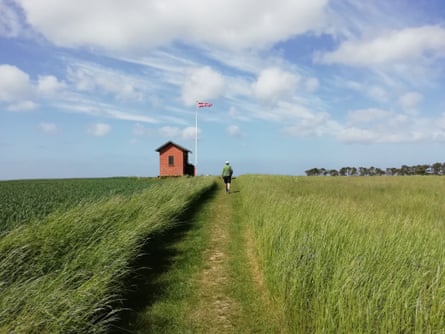
Crossing the wind-blown bridge on to the tiny island of Nyord (population 35), we watched lapwings at play and visited Denmark’s smallest museum. Not much larger than a telephone kiosk, it is a former lookout shelter that tells the stories of those who guided boats through the perilous straits nearby.
In Nyord’s only village, also Nyord, we dropped into Noorbohandelen for some rum mustard, one of the many flavoured varieties that are a local speciality. We admired their aesthetically satisfying shelves of bottles filled with all manner of colourful spirits made on the premises, before lunching alfresco at their cafe on a correspondingly colourful salad, as swallows tore joyfully about the sky above our heads.
The trip was provided by southzealand-mon.com, with travel provided by Interrail. An Interrail Global Pass for 4 days travel within a month costs £241 adults, £217 seniors, £180 12-27s, 4-11s free with an adult. Villa Huno has apartments from £145 a night. Camp Møns Klint has tent pitches with electricity from £40 a night. Ellevilde boutique hotel has doubles from £119 a night

 2 months ago
64
2 months ago
64


